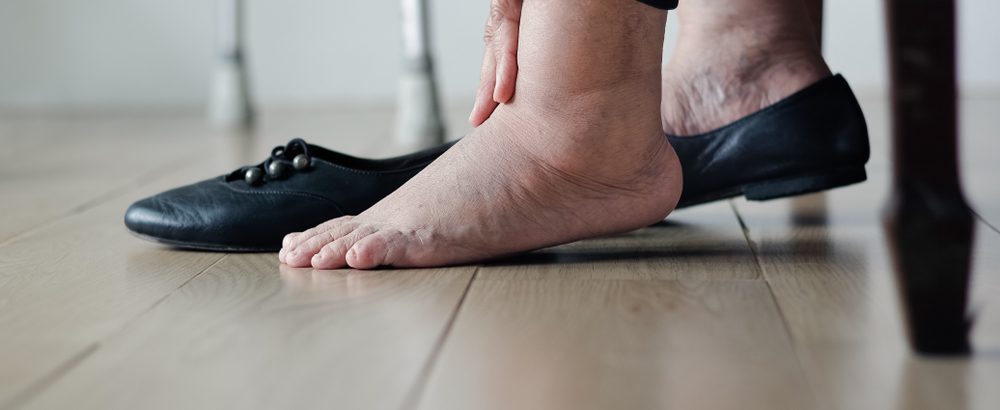A Guide to Diabetic Foot Amputation and Recovery

Will Diabetic Complications Require Foot Amputation?
Practicing good diabetes management and regular foot care is essential for preventing severe foot sores that are difficult to treat. Over 80% of diabetic foot amputations occur because of foot ulcers that do not heal. They can develop on any diabetic patient and should be addressed immediately – otherwise, you run the risk of needing an amputation. Here’s what you need to know about keeping your feet healthy and what happens if amputation is necessary.
Foot Ulcer Causes
Foot ulcers do not discriminate – anyone who has diabetes can develop one. Several factors can cause foot ulcers. Some of the causes can include a diminished sense of feeling in the foot, inadequate blood circulation in lower extremities, friction or pressure against the foot, or physical trauma.
The progression of diabetes over time may also lead to the formation of a foot ulcer. Some patients develop diabetic neuropathy, which reduces the sensation of touch. As a result, patients may not be aware of any damage they are causing to their feet. Diabetic neuropathy is easily detectable, so if you notice a lack of sense of touch in your foot, it is critical to make an appointment with a podiatrist right away.
Preventing Ulcers
You can significantly reduce the likelihood of developing a foot ulcer by following key practices that promote healthy feet. For instance, regularly inspecting your feet for any wounds or signs of bacteria and fungal infection is a great way to remain vigilant for warning signs.
You can also promote good hygiene by thoroughly washing and drying your feet at least once per day, with a focus on drying between the toes. Wearing clean socks and closed footwear every day, even around the house, can protect against any physical trauma to the foot.
Additionally, you can reduce the chances of foot ulcers by avoiding temperature-based treatments, such as heating pads. Monitoring and managing your blood pressure, controlling blood sugar with insulin, quitting smoking, and following a healthy diet can also bolster your efforts to prevent foot ulcers.
Foot Amputation Warning Signs for Diabetic Patients
It is crucial for those living with diabetes to pay extra attention to their feet because they are at higher risk of wounds not healing correctly. Some of the signs that you should look for include ingrown toenails, blisters, foul odors, plantar warts on the bottoms of your feet, and athlete’s foot, a scaly, itchy rash that causes pain.
Other symptoms may include swelling and/or redness, pain, or localized warmth in one part of your foot, indicating inflammation. You may also notice a large ulcer where the bone and muscle are visible that does not go away after a couple of weeks or show signs of progressive healing. If You notice any of these warning signs, be sure to contact your podiatrist immediately.
When is an Amputation Deemed Necessary?
An ulcer that does not heal and causes significant damage to your tissues and bone may require surgical removal or amputation. Usually, the first option is to treat the wound, remove the affected tissue, and monitor your progress. While some cases only require a partial amputation, others will necessitate the total removal of the foot. If an ulcer is life-threatening or has removed too much tissue from your foot, an amputation is usually necessary.
Who Performs the Amputation?
Whether your podiatrist will perform the amputation depends on if they are qualified to perform surgeries on the feet. If your foot doctor cannot complete the amputation, they will coordinate with qualified surgeons in their network whom they trust to provide you the best care possible. Other specialists, such as physical and endocrinologists, may also assist with your care before, during, and after an amputation.
While the thought of a diabetic foot amputation can be scary, forming diligent habits to care for your feet can increase the chances of prevention. You can help support healthy feet by working with a podiatrist who can assist you in managing and treating any warning signs. Doing so can considerably reduce the likelihood of developing an ulcer or damaging your foot due to numbness.
To learn more about diabetic foot treatments or to schedule an appointment with one of our caring physicians, get in touch with our office today. We look forward to helping you maintain healthy feet!





